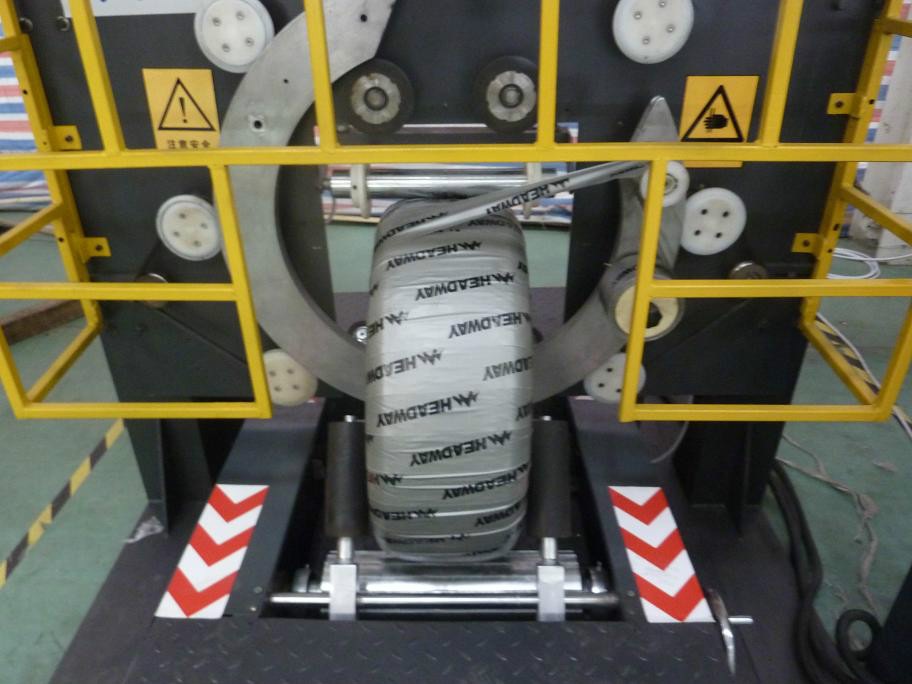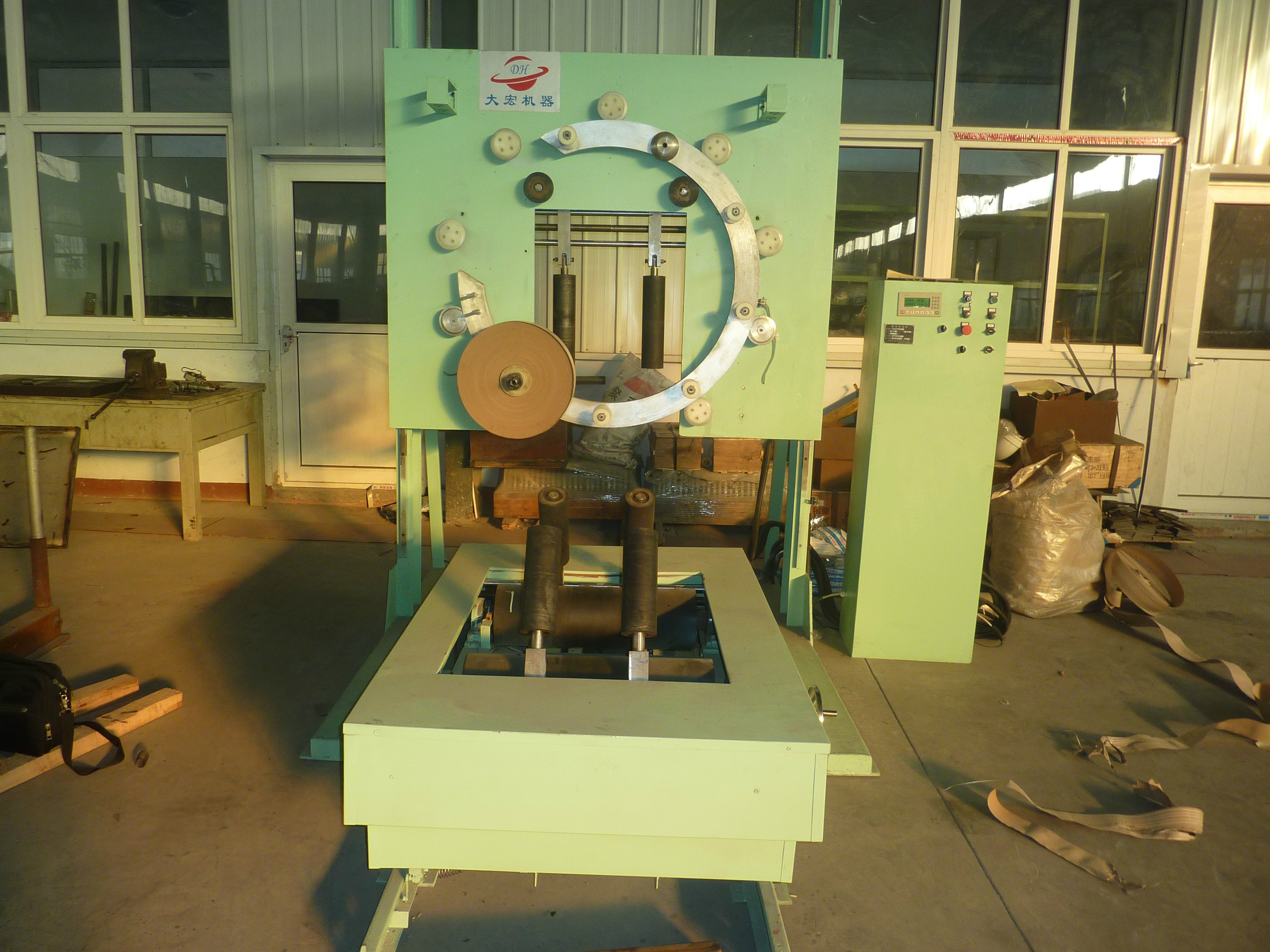At present, color inkjet printing is widely used in homes and offices, so the paper coating of inkjet printing is required to be continuously improved to obtain high printing quality. So far, research in the field of inkjet printing paper coating has focused on testing the performance of high-print quality paper. The research results show that good printing quality is mainly determined by the structure and surface properties of anhydrous coated paper.
In the process of inkjet printing, in order to understand certain requirements of coating, we must first understand the typical components and printing properties of some inks. Home / office inkjet printers mainly use water-based inks, and their ingredients include 2-5 w.t% of dyes or pigments, 2-5% of surfactants and additives, and 30% of wetting agents (ethylene glycol or diethanolamine ) And 65% water. The performance of water-based inks that affect the quality of printed images is mainly surface tension and viscosity.
Since nearly 65% ​​of the inkjet printing ink is water, the inkjet printing paper must have the following properties: ①the ink is not completely absorbed by the paper, and there is no smudging; ② the ink dots on the paper must have high contrast and bright tone ; ③ Ink dots are properly presented on the surface of the paper, and are close to a circle, with high edge definition; ④ The paper has high smoothness and gloss, thereby obtaining high-definition and high-resolution images.
The coating of inkjet printing paper is different from that of traditional printing paper.
The inkjet printing paper coating can absorb a lot of water from the ink droplets. The ink is fixed on the surface of the inkjet printing paper, so as to avoid the occurrence of burrs and smudging after the ink drops enter the base paper. The ink droplets move laterally evenly to the paper sheet, producing sharp edges and image fidelity.
Fumed silica is produced by heating hydrolysis of silicon tetrachloride or silicon tetrafluoride. The initial diameter of the small suspended particles is between 7-40 nm. These particles are bonded into groups by hydrogen bonding, and the groups are then bonded into fine-grained agglomerates. Pores are secondary structures formed by dense particle units. These secondary structures are shear-diluted, so shear can destroy the internal pores, giving them their inherent absorption capacity.
Although precipitated silica is composed of sodium silicate and inorganic acid, the reaction system is sheared during silicate polymerization.
The pH value and reaction temperature of the reaction system make sodium silicate dissolve and then precipitate. The initial pore-free particle size increases from 5nm to 100nm.
For fumed silica, due to the shear stress in the reaction, the network system that is constantly forming between these particles is gradually decomposed, and the original particles are again bound together by weak bonds. Fumed silica and precipitated silica aggregate like a cluster of grapes, while silica gel aggregates like a sponge structure. Colloid-precipitation mixtures or high-structure-factor precipitated silica are produced by additional treatment of soluble silicate. This treatment promotes the initial bonding of siloxane bonds between particles. According to the theory of secondary treatment, the condensate formed by the network system is still shear-diluted and cannot achieve high porosity like silica gel.
The effect of coating performance on the quality of inkjet printing is mainly the microporosity of the coating. Because the ink contains a lot of water, only the coating quickly absorbs and fixes the water, so that the ink can be dried quickly, and good printing quality can be obtained. For uncoated paper, water penetrates into the base paper during printing, causing the fibers to swell, leading to image distortion, poor print quality, and wrinkled paper. Traditional coatings are mainly used for solvent-based liquids or viscous inks, but do not have the water / dye fixing ability, and most of them cannot be used as coatings for color inkjet printing paper.
Ink density is an important quality control index during the printing process. Ink density affects the final image quality, color gamut and color fidelity. The main factor affecting color density is the concentration of ink colorant. Another factor is the coverage of ink dots on the coating surface and the concentration of colorant on the coating surface. In the interaction between coated paper and colorant, the electrostatic interaction between the two plays an important role. Since the electrostatic effect of the colorant and the coated paper occurs between the anionic component of the dye and the oxide, the nature of the anionic dye and oxide determines the printing quality of inkjet printing. The binding energy of the dye is increased by the action of static electricity, thereby obtaining a higher binding strength.
Traditional coating pigments such as kaolin, calcium carbonate and titanium dioxide, the effective porosity of their liquid absorption (0.2-0.4 m) and the narrow pore diameter of fluid flow (0.02-0.04 m) are limiting their applications The main factor. For example, PCC pigment as a coating layer requires special methods to improve water absorption, thereby drying inkjet printing inks. The coating technology using S iO 2 pigment and PVA adhesive as a coating has been developed. Precipitation and colloidal S iO 2 pigments are only suitable for matte coated paper.
PVA is produced by hydrolysis of polyvinyl acetate (see Figure 1). Due to the changing polymerization of intermediate polyvinyl acetate, it has different physical and chemical properties, which affect the molecular weight of polyvinyl alcohol. Other structural changes can also be controlled during the polymerization process, including branching, spatial orientation or configuration regularity, and the distribution of hydroxyl groups, keeping the acetate groups in a straight chain along the polymer backbone. PVA has fewer branches than corn starch, and different suppliers have different branches of PVA. The order of the remaining acetate groups used in the preparation of PVA depends on the polymerization process and is formed in stages or randomly. However, the structural changes are reflected in the degree of hydrolysis and molecular weight, most of them significantly affect the application of PVA in paper coating.
Shandong Dyehome Intelligent Equipment Co.,Ltd(Company NEEQ STOCK CODE:836635)
H series ring wrapper is a machine designed for packing bearing, metal band, Copper ring, tire , coil of wire and similar products manufactured in ring with stretch film or wrapping paper. Its advantage is to completely instead of hand wrapping. Packing fast and easy to operation to improve the wrapping efficiency, reduce labor intensity. Packing surface is tidiness and beauty. It is completely moisture and dust proof packing and protects the products.


Vertical Ring Wrapping Machine
H Series Vertical Ring Wrapping Machine,Vertical Ring Wrapping Machine,Tyre Stretch Wrapping Machine,Ring Tyre Wrapping Machine
Shandong Dyehome Intelligent Equipment Co., Ltd. , https://www.dyehomepack.com